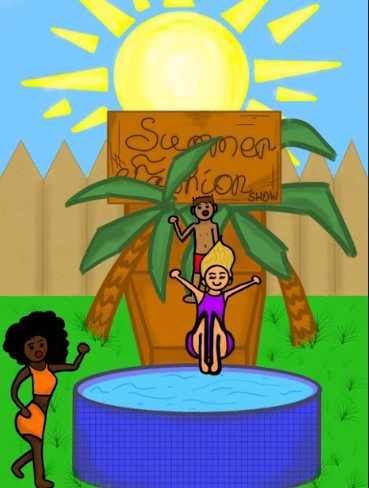To finish January on a high note, on Monday, Jan. 29, students in Koren Pena’s sociology class were given the opportunity to make pumpkin pancakes with the help of Family Consumer Science teacher Lauren Reganato. This was done as part of the course’s socialization unit and as the culmination of the family section and “Flour Baby Project.”
After the students were given instructions, washed their hands, and prepped their areas, they got to work with the following recipe:
Ingredients:
Dry ingredient bowl:
- 1 ¼ cups unbleached all-purpose flour
- 2 tablespoons sugar
- 2 teaspoons baking powder
- ½ teaspoon kosher salt
- ½ teaspoon cinnamon
- ½ teaspoon ground ginger
- 1/8 teaspoon nutmeg, preferably freshly grated
- Pinch of ground cloves
Wet ingredient bowl:
- 1 cup milk
- 6 tablespoons pumpkin puree
- 2 tablespoons oil
- 1 egg
- Butter or cooking spray for the pan
Directions:
- Whisk flour, sugar, baking powder, salt, and spices in a bowl.
- In a separate bowl, stir together milk, pumpkin puree, oil, and egg.
- Fold mixture into dry ingredients.
- Melt some butter in a skillet over medium heat; pour in ¼ cup batter for each pancake.
- Cook pancakes about 3 minutes per side; serve with butter and syrup.
The students also learned about numerous health benefits of pumpkin as well as the importance of implementing healthy foods into not just their own but also children’s diets. Primarily, as explained by ChildLife Essentials’ website (ChildLifeNutrition.com), pumpkins are nutrient-dense, an excellent source of fiber, and support healthy skin, eye health, and the immune system. Reganato said, “Adding fruits and vegetables to young ones’ diets is a great way to slowly expose kids to new flavors. Hopefully kids that are exposed to lots of different flavors and textures will have an expanded palette and a good relationship with food.” Reganato also discussed with the students why pancakes are an easy-to-eat first food for babies and toddlers.
One key lesson that was also taught during this activity was the significance of working together and trusting others. Students were broken into groups of three to four and had to divide up the assignment among themselves to finish within the 40-minute class period. Junior Caitlin Liu expressed, “Working together to make the pancake batter was so much fun!”
Overall, the students learned the importance of providing children with nutritious meals as well as how to cook pumpkin pancakes, a prime example of a healthy food option for children. Reganato shared, “I always enjoy meeting students who have never participated in a food class or culinary club and showing them what we do in family and consumer sciences classes. It was nice to have Ms. Pena and the classes in after many years of not having a schedule that lined up to make it possible. It’s a nice way we can thank everyone for the donation of the flour from the flour baby project.” Pena added, “I think it was a great experience to incorporate a lesson into the unit that is hands-on and meaningful. Cooking is a life skill, and I’m happy to add that experience into the course.”

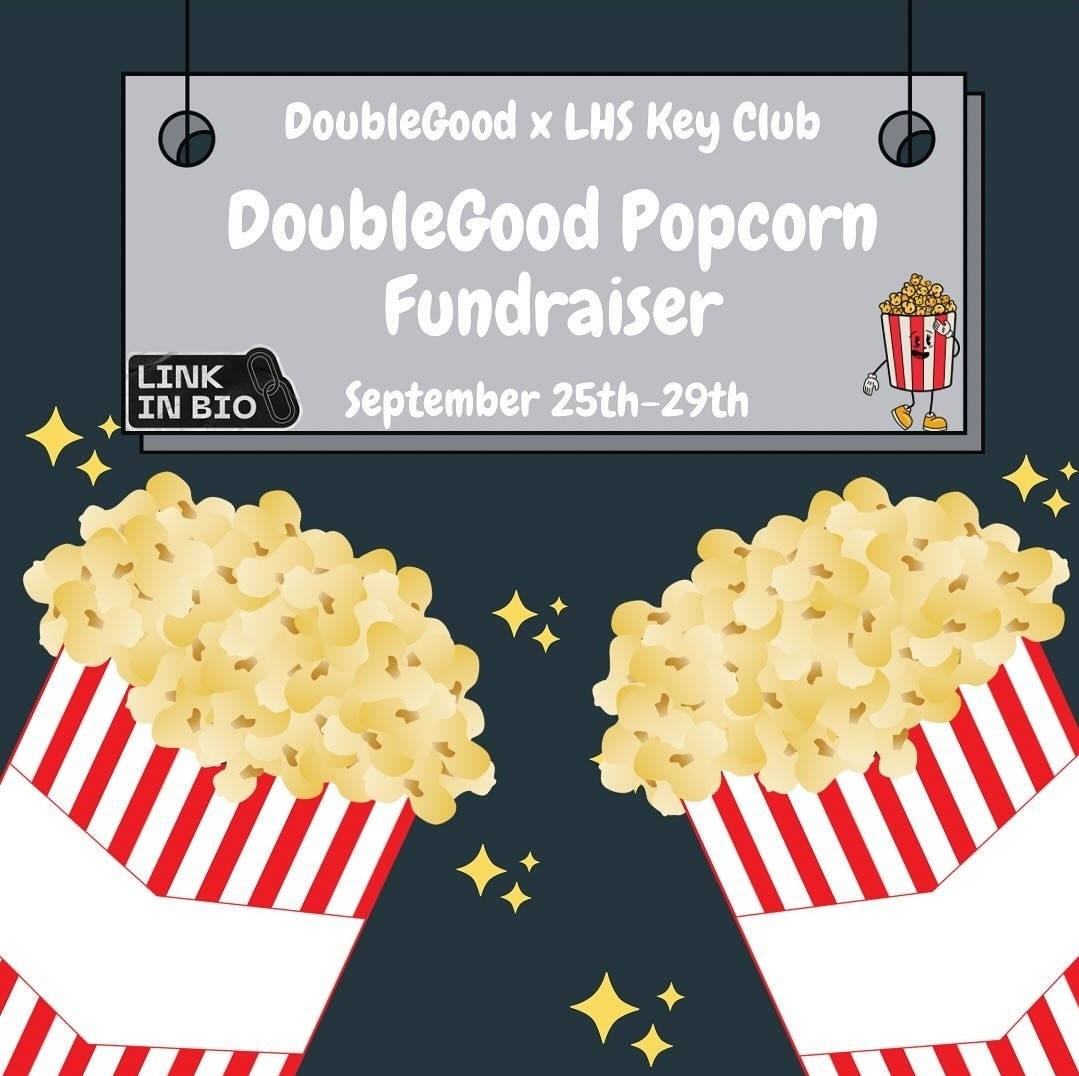
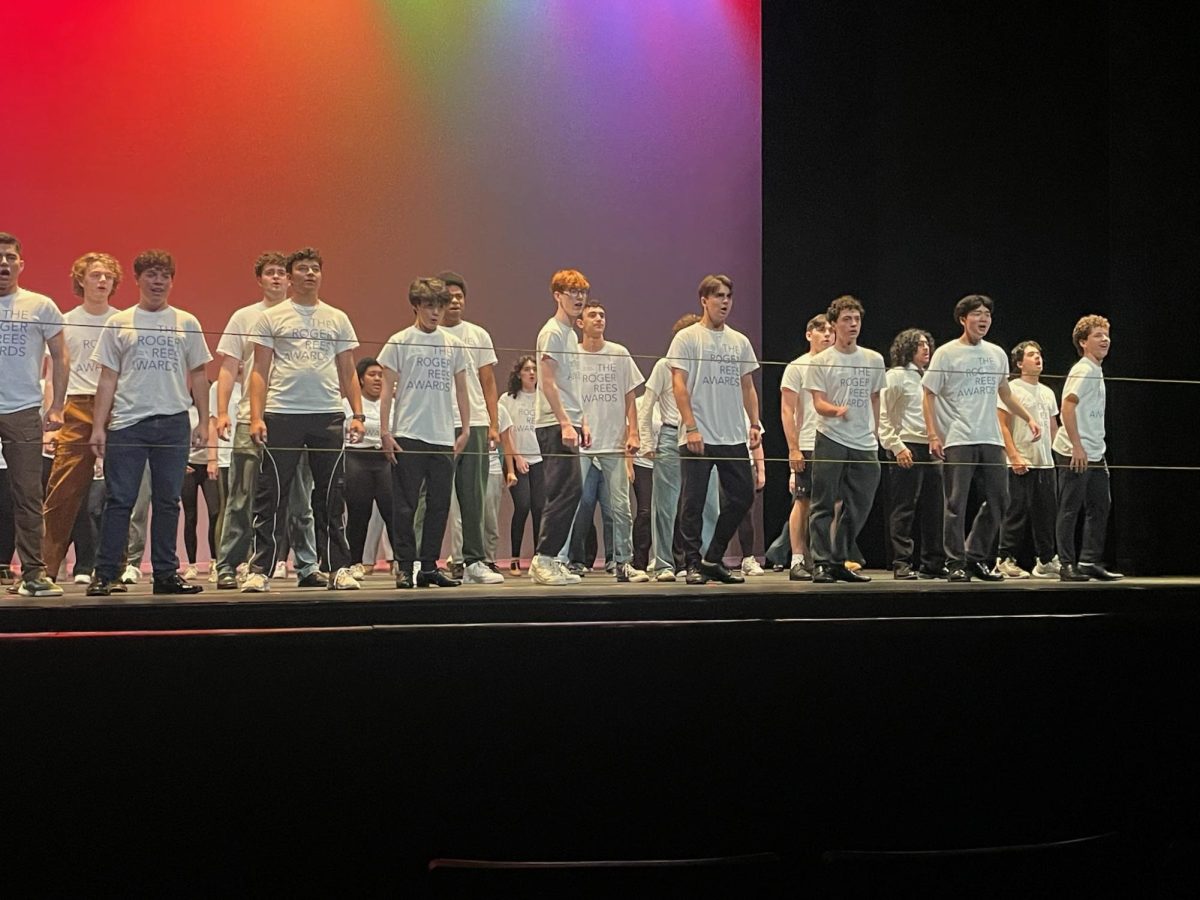
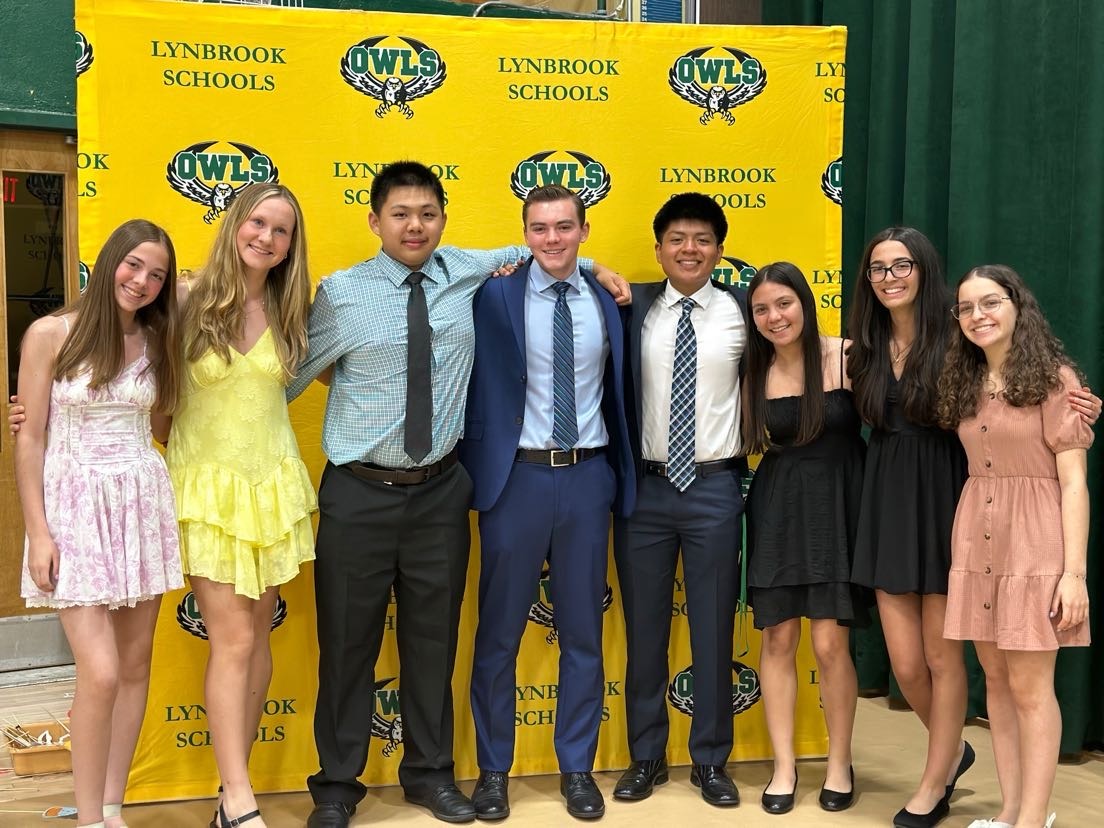




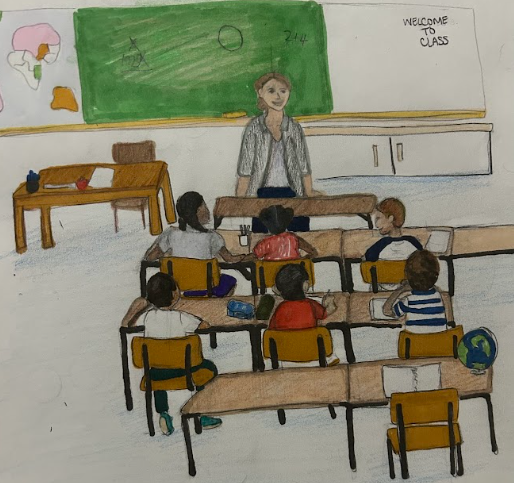







![Key Club members pose for a photo with Club Advisor Dr. Tieniber [far right] at Stonebridge Country Club. Photo Courtesy of @lhstieiber Instagram page.](https://lhshorizon.com/wp-content/uploads/2024/10/tempFileForShare_20241014-162748.jpg)















